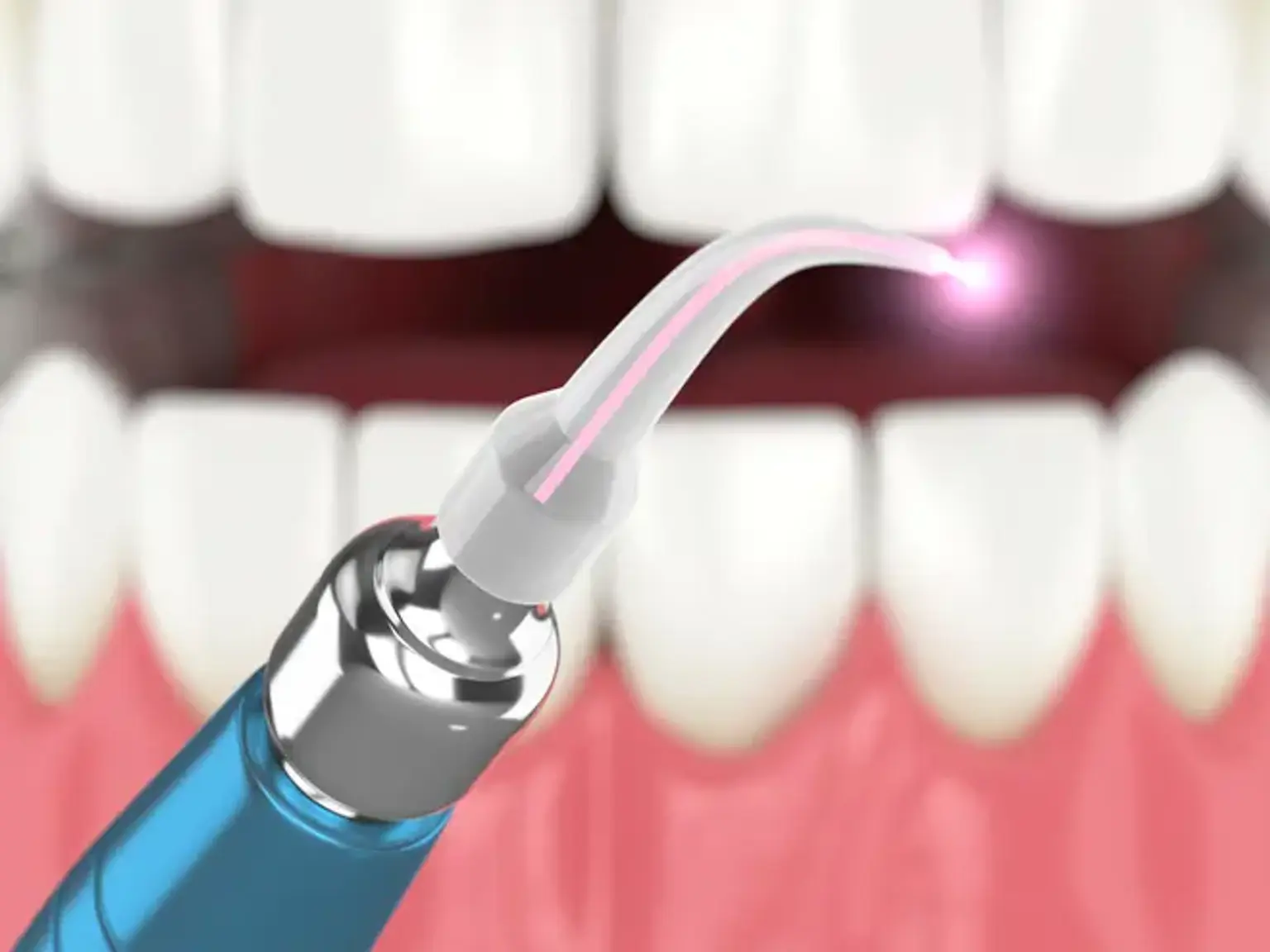What is Laser Dentistry?
Laser dentistry is the use of focused light energy (laser) to perform various dental procedures. The term "laser" stands for Light Amplification by Stimulated Emission of Radiation. Introduced in the 1990s, it has since revolutionized dental care by offering a more efficient, less invasive way to treat patients.
Unlike traditional methods that often rely on drills or scalpels, laser dentistry uses focused light to precisely target tissues, offering a range of benefits like reduced pain, faster healing, and increased precision. Today, lasers are widely used for soft and hard tissue treatments, including teeth whitening, cavity treatment, gum disease therapy, and more.
How Laser Technology Works in Dentistry
In dental procedures, lasers work by emitting a concentrated beam of light that can cut, vaporize, or shape tissues. There are two main types of lasers used in dentistry:
Soft tissue lasers: These are used to treat gums and other soft tissues. They are particularly effective in gum reshaping, treating infections, or performing biopsies.
Hard tissue lasers: These lasers target tooth structures, making them ideal for treating cavities and reshaping enamel.
Lasers work by generating heat, which can effectively remove or reshape tissues without the need for traditional cutting tools. The precision of lasers also minimizes damage to surrounding tissues, promoting faster recovery times and less discomfort post-treatment.
